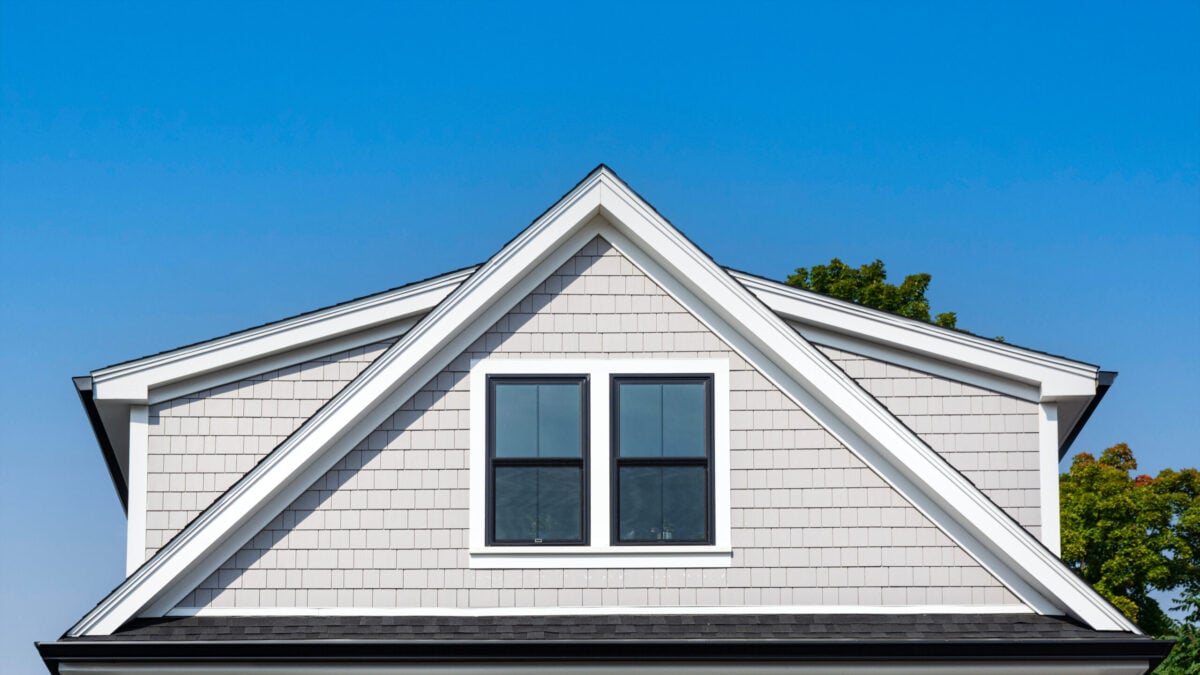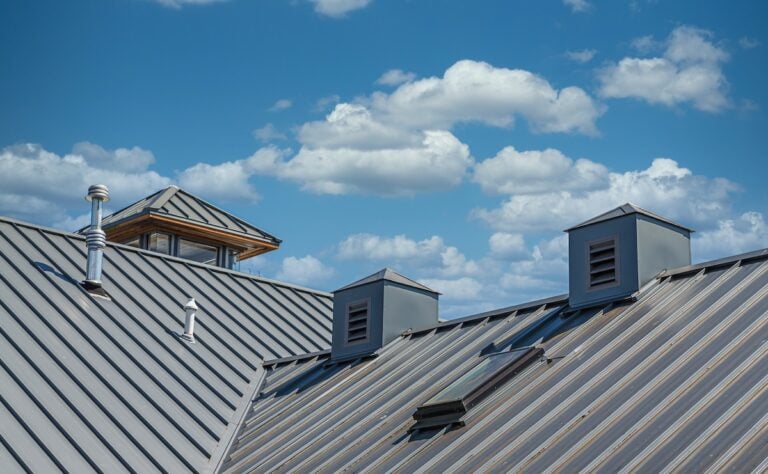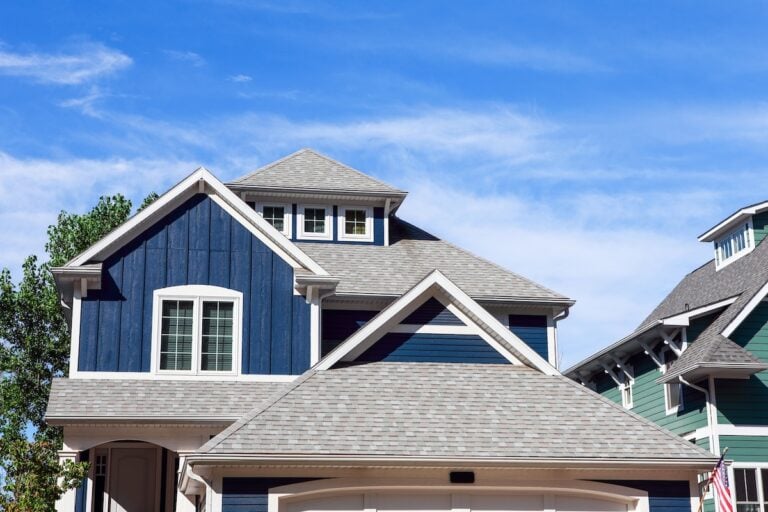Your roof’s edge trim might not be the most visible part of your roofing system, but it’s one of the most important. This essential component protects your home from water damage, wind uplift, and pest infiltration while giving your roof a polished, finished appearance.
Choosing the right roof edge trim can mean the difference between a roof that lasts decades and one that fails prematurely. With so many options available, it’s crucial to understand which materials work best for your specific needs, climate, and budget.
In this guide, we’ll explore:
- The different types of roof edge trim available
- 7 best roof edge trim options
- Choosing the right roof edge trim
What Is Roof Edge Trim?
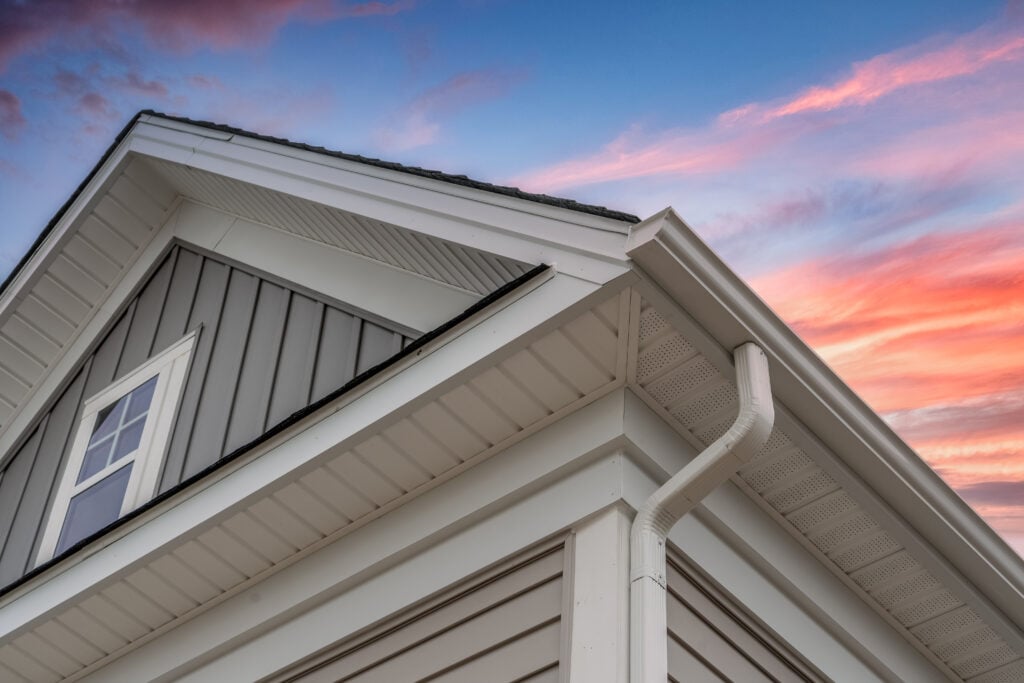
Roof edge trim, also called roof edging or drip edge, is a metal flashing installed along the edges of your roof. It extends beyond the roof deck to direct water away from the fascia board and into the gutters. This simple but vital component prevents water from seeping under shingles and causing expensive damage to your home’s structure.
The trim serves multiple purposes beyond water management. It creates a clean, finished look for your roofline while providing additional protection against wind-driven rain and snow. Many building codes now require roof edge trim installation, recognizing its importance in protecting homes from moisture damage. For a better understanding of how this element integrates into your roof’s structure, check out our guide on fascia board replacement cost.
Why Roof Edge Trim Matters
Without proper roof edge trim, water can infiltrate the space between your shingles and roof deck. This moisture leads to:
- Rotting fascia boards and roof decking
- Mold and mildew growth
- Ice dam formation in colder climates
- Pest entry points
- Reduced energy efficiency
7 Best Roof Edge Trim Options
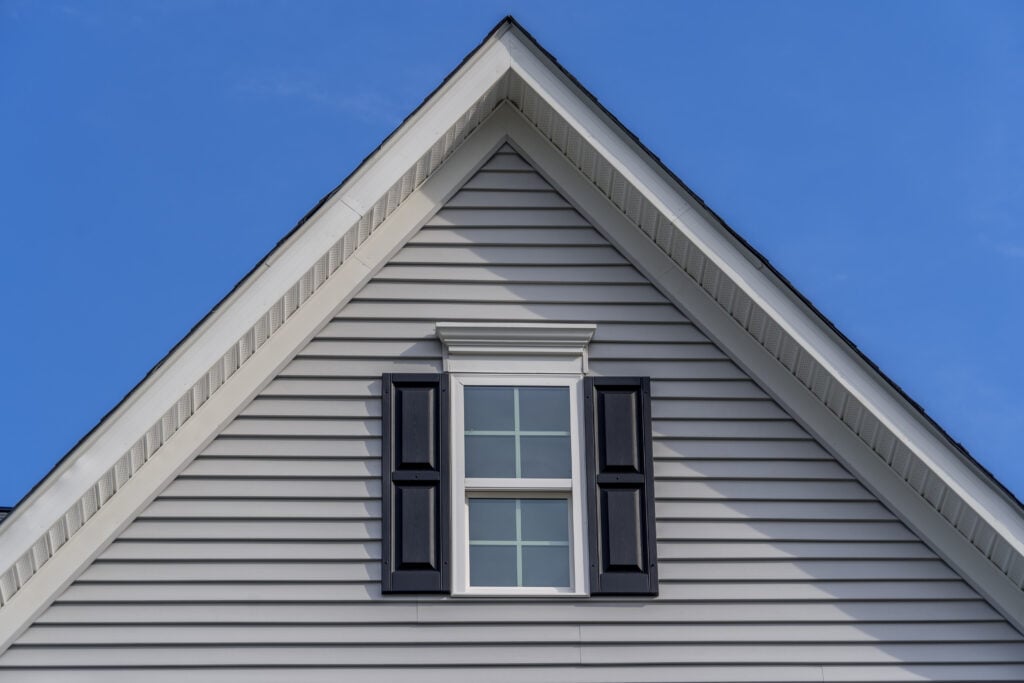
Roof edge trim is essential for protecting your roof’s edges from weather damage and ensuring a polished, finished look. Choosing the right trim enhances durability and adds to your home’s overall curb appeal.
1. Galvanized Steel Drip Edge
Galvanized steel is a popular choice for drip edges due to its combination of affordability and durability. The steel is coated with a layer of zinc, which acts as a barrier against rust and corrosion, ensuring that it can withstand exposure to moisture and harsh weather conditions. This material is particularly suitable for regions with varying climates, as it can handle rain, snow, and high winds without deforming or breaking. Additionally, galvanized steel maintains its shape and structural integrity over time, making it a reliable, long-lasting option for protecting the edges of your roof. Its cost-effectiveness makes it a practical choice for homeowners looking to balance performance with budget considerations. If you’re comparing materials and want to understand broader roofing investments, our TPO roofing cost comparison article breaks down long-term value and performance for different systems.
2. Aluminum Drip Edge with Kynar Coating
Aluminum drip edges are lightweight and naturally resistant to rust and corrosion, but this option takes durability up a notch with the addition of a Kynar coating. This premium coating further enhances the material’s ability to resist fading, chalking, and environmental wear. The Kynar finish also protects against UV rays, ensuring that the drip edge retains its vibrant color for years, even with prolonged sun exposure. Aluminum is easy to work with, making it a favorite among contractors, and it doesn’t lose its strength despite its lightweight properties. This option is ideal for homeowners who want a high-quality product that combines functionality with aesthetics, keeping your roof looking fresh and protected over time.
3. Copper Drip Edge
Copper drip edges are the epitome of luxury and durability, offering a unique blend of practicality and aesthetic appeal. Over time, copper develops a natural patina—a greenish layer that forms as it oxidizes—adding character and charm to your home. Beyond its stunning appearance, copper is incredibly durable, capable of withstanding decades of exposure to harsh weather without losing its effectiveness. It resists rust and corrosion naturally and offers superior protection to your roof against water damage. While it is one of the most expensive options, the long lifespan and aesthetic value make it a worthwhile investment for homeowners seeking timeless elegance and unmatched functionality.
4. Stainless Steel Drip Edge
Stainless steel drip edges are known for their unparalleled strength and corrosion resistance, making them a durable choice for the most demanding environments. This material is particularly well-suited for coastal areas, where salt air can quickly erode other metals. Stainless steel can endure years of exposure to moisture, wind, and extreme temperatures without showing signs of wear, making it one of the most reliable options for long-term protection. While it is more expensive than galvanized steel, its durability and resistance to damage ensure excellent long-term value. It also offers a clean, modern look that can complement a variety of architectural styles.
5. Painted Steel Drip Edge
Painted steel drip edges combine the strength and durability of steel with an added layer of corrosion protection and aesthetic versatility. The pre-painted surface shields the steel from environmental wear while allowing homeowners to customize their roof’s appearance. Available in a wide range of colors, this option lets you match or enhance your home’s exterior, providing a cohesive and polished look. The paint also serves as an additional barrier against rust and UV damage, ensuring the material maintains its performance and visual appeal over time. Painted steel is a great choice for those who want a durable, functional product with design flexibility.
6. Heavy-Duty Aluminum Drip Edge
If you’re looking for an aluminum drip edge with extra strength, the heavy-duty aluminum option is an excellent choice. Thicker than standard aluminum, this material offers improved resistance to impacts, such as falling branches or debris during storms, while still being lightweight and easy to work with. This makes it a versatile, effective option for a variety of residential roofing applications. Heavy-duty aluminum is resistant to rust and corrosion, ensuring long-lasting protection for your roofline. It’s ideal for homeowners who want a sturdy, reliable drip edge without the higher cost of premium materials like stainless steel or copper.
7. Vinyl Drip Edge
Vinyl drip edges are the most budget-friendly option for homeowners who want adequate protection without spending a fortune. Made from durable plastic, vinyl is resistant to rust and corrosion, which makes it suitable for mild climates with minimal exposure to extreme weather. However, it may not perform as well in areas prone to heavy rainfall, snow, or high winds, as it can crack or warp under harsh conditions. Despite its limitations, vinyl is a lightweight and affordable solution for homeowners who need basic roof edge protection. It’s available in various colors to complement your home’s design, offering a practical and cost-effective choice for those on a tight budget.
Choosing the Right Roof Edge Trim
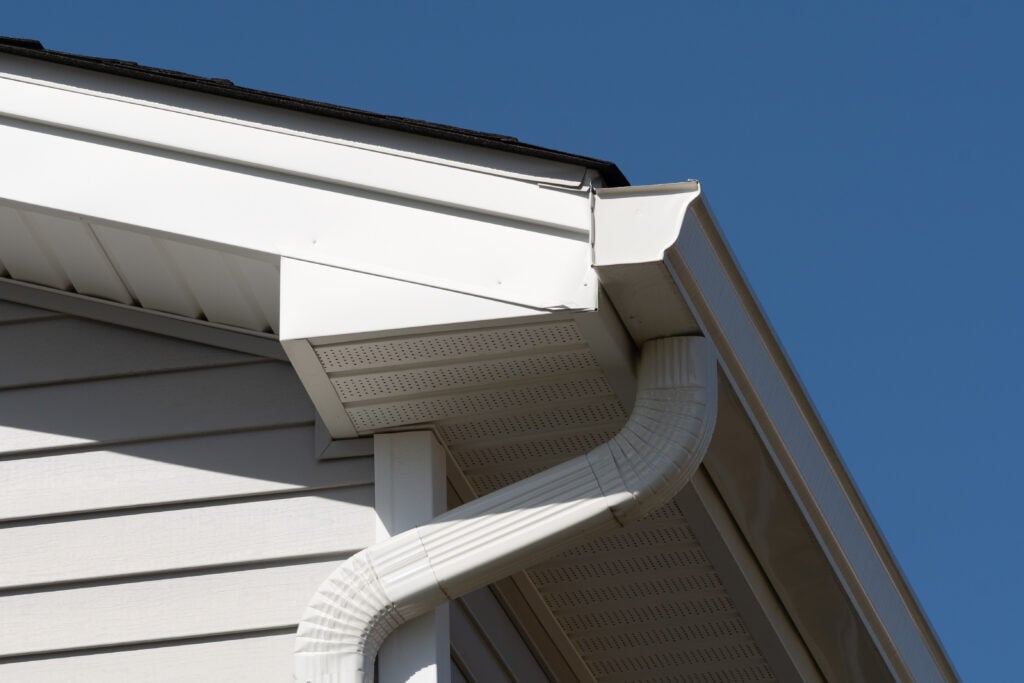
Several factors influence the best trim choice for your home:
Climate Considerations
Your local climate plays a crucial role in material selection. Coastal areas benefit from stainless steel or copper due to salt air exposure. Regions with frequent hailstorms require stronger materials like steel. Areas with extreme temperature fluctuations need materials that can expand and contract without cracking.
Roof Type and Slope
Different roof types may require specific trim profiles. Low-slope roofs need wider trim to handle slower water runoff, while steep roofs can use narrower profiles. Your roofing material also influences trim selection—metal roofs pair well with metal trim, while asphalt shingles work with various materials.
Budget Constraints
While it’s tempting to choose the least expensive option, consider long-term costs. A higher-quality trim that lasts 30 years often costs less than replacing cheaper trim multiple times. Factor in maintenance costs and potential damage from trim failure when making your decision.
Protect Your Investment with Professional Installation
At Palladium Roofing, we know that even the smallest details, like roof edge trim, can make a big difference in protecting your home. With years of experience and a commitment to quality craftsmanship, our team is dedicated to providing long-lasting solutions tailored to your needs.
When it comes to your roof, don’t settle for anything less than the best—trust the experts at Palladium Roofing to get the job done right. Contact us today for a free consultation and let us help safeguard your home for years to come!


